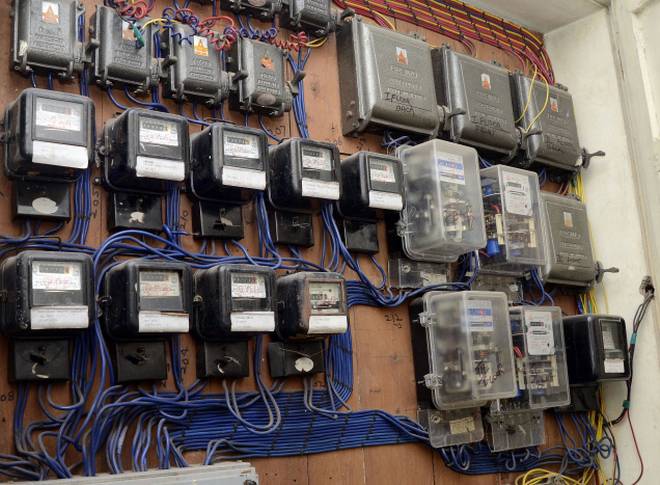The Centre’s intention of revamping the power distribution sector—the weakest link in the power value chain—appears to be serious, in light of the various measures recently announced.
With effect from August 1, 2019, it may be recalled, power distribution companies will need to open sufficient letters of credit with banks so that payment to power generators is not delayed. There have been numerous instances where power discoms have been delaying payments to power generators, putting the latter in financial difficulties. The new guidelines promise to be strict with erring power discoms. Consequences of non-creation of letters of credit can be very severe, including stopping of dispatch from power generators, stopping of short-term Open Access and barring from accessing power exchanges. Industry experts believe that if discoms faithfully adhere to these norms, the generator-discom payment cycle can get positive, resulting in lesser instances of load shedding.
In another significant move, the Union power ministry is the recent reviewing of the Draft Distribution Perspective Plan for power sector in India, by Union power minister R.K. Singh. The draft plan is the first ever plan at distribution level which has been prepared by Central Electricity Authority (CEA) under the guidance of the Ministry of Power.
Hithero, all perspective plans by the power ministry — under the aegis of the National Electricity Plan (NEP) — kept power generation and transmission in mind. Not only is this the first time that power distribution is being addressed independently, the plan has also maintained a healthy focus on the needs of the consumer. Among other things, the plan lays emphasis on 100 per cent metering and providing electricity connection on demand. It is interesting to note that the plan envisaging increase of 38 per cent in the distribution substation capacity, up to 2022. The capacity of distribution transformers is poised to increase by 32 by the same metric, implying tremendous opportunities for manufacturers. At this juncture, it is worth observing that power utilities should significantly revamp their procurement policies. It is a well known fact that the current “L1” mode of procurement has resulted in substandard equipment (mainly distribution transformers) getting inadvertently inducted into the power grid.
Yet another positive step on the power distribution front is the power ministry’s decision to closely monitor pending dues of renewable energy generators by discoms. In a letter dated August 5, Central Electricity Authority (CEA) has asked renewable energy companies to prepare a monthly list of such dues. NTPC was recently in the news when it refused to supply electricity (from solar power plants under the National Solar Mission) to discoms of Tamil Nadu, Andhra Pradesh and Telangana.
Reforms in the power distribution space are much needed, and it is hoped that the perennial woe of non-payment of dues by discoms would see an eventual resolution, thereby infusing commercial efficiency in the power value chain.
The author of this article, Venugopal Pillai, is Editor, T&D India, may be reached on venugopal.pillai@tndindia.com. The views expressed here are personal.

